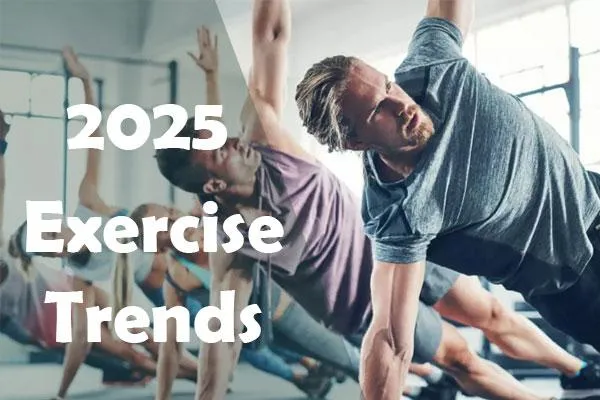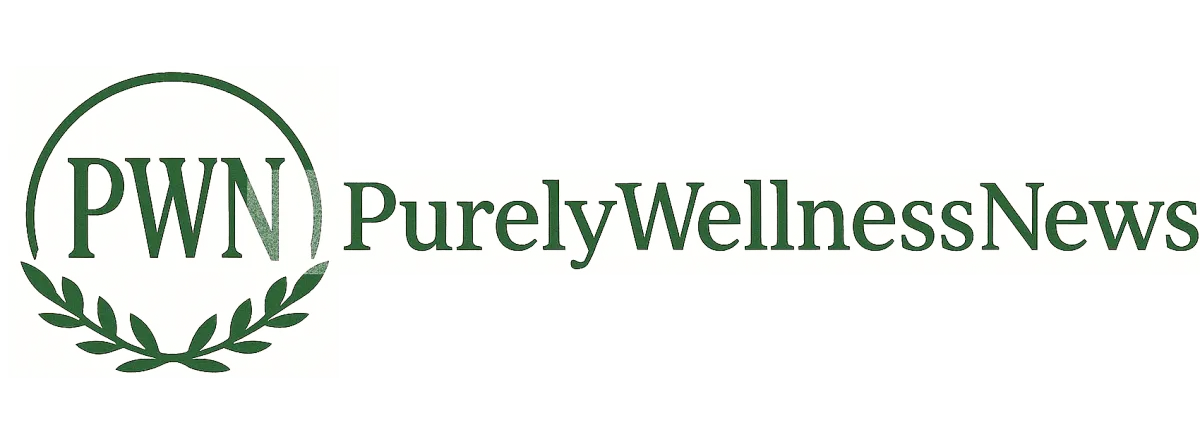
PWN Wellness Trends Aug 23 2025
Exercise Trends in the U.S. (2025): Where Fitness Is Headed—and What It Means
From strength training and zone-2 cardio to rucking and AI coaching, Americans are rethinking how they move. The focus is shifting from aesthetics to longevity, performance in daily life, and mental health. Below is a clear, evidence-minded look at the biggest trends, why they’re happening, and how individuals, coaches, and health systems can act on them.
Health note: This article is educational and not a substitute for medical advice. Consult a qualified professional before starting or changing an exercise program.
1) Strength Training Becomes Non-Negotiable
Who’s doing it: Everyone from teens to older adults; strong growth among women and midlife beginners.
Why: Bone density, insulin sensitivity, joint resilience, and healthy aging.
How it looks: 2–4 weekly sessions emphasizing compound lifts (squat/hinge/push/pull), progressive overload, and smarter deloads.
What to watch: Technique coaching for beginners; protein and sleep to protect lean mass.
2) Cardio Gets Smarter: Zone-2 + Threshold Dosing
Shift: Less “all HIIT, all the time.” More zone-2 (easy conversational pace) to build mitochondrial capacity, paired with 1–2 hard sessions (tempo/interval) weekly.
Tools: Wrist wearables, chest straps, and lactate-informed pacing; run/walk and cycling popularity in urban/suburban corridors.
Outcome: Better endurance, HRV, and recovery with fewer overuse injuries.
3) Walking, Rucking, and Everyday Conditioning
Rucking (walking with a weighted pack) grows as a low-impact way to add intensity and posture work.
10k-step culture evolves into purposeful walks (hills, stairs, terrain) and “movement snacks” throughout the day.
Caution: Start with light loads (5–10% bodyweight), short distances, and supportive footwear.
4) Pickleball, Court Sports—& Injury Prevention
Why the surge: Social, accessible, low equipment.
Response: Gyms add skills classes; prehab (calf/hamstring strength, landing mechanics) becomes part of rec-league warmups.
Tip: Eccentric calf work + hip stability 2x/week reduces common strains.
5) Longevity Training: Power, Balance, and Mobility
Beyond muscle: Programs include power (light/fast lifts or jumps for capable adults), single-leg balance, and mobility flows to preserve independence.
Screening: Simple tests (sit-to-stand, single-leg stance, grip strength) inform programming and track aging metrics.
6) Recovery Gets Evidence-Based
Mainstays: Sleep, protein, hydration, and zone-2 for active recovery.
Adjuncts: Compression, cold/heat, and mobility drills are used more judiciously.
Trend: Wearables guide training load; athletes learn to periodize stress across work and life.
7) Hybrid Fitness: Gyms + Home + Outdoors
Pattern: One strength day at the gym, one at home, weekend outdoor cardio.
Hardware: “Smart” equipment usage stabilizes; many shift to simple, durable gear (adjustable dumbbells, resistance bands, pull-up bars) with app guidance.
8) AI Coaching & Data-Driven Personalization
What’s new: Apps translate heart rate, HRV, sleep, and pace/power into daily prescriptions.
Benefits: Removes guesswork; supports consistency.
Considerations: Data privacy, over-reliance on metrics, and the need for human oversight for complex goals/injuries.
9) Mental Health Integration
Why: Exercise is a frontline tool for anxiety, mood, and focus.
How: Gyms add breathwork, mobility + mindfulness cool-downs; companies sponsor activity challenges for stress resilience.
Clinical: Providers “prescribe” exercise and track outcomes alongside therapy/meds.
10) Inclusive & Adaptive Fitness
Growth: Programs for older adults, beginners with higher BMI, people with disabilities, and culturally tailored classes.
Access: Sliding-scale memberships, community parks/paths, and workplace micro-gyms bring movement closer to people who need it most.
11) Youth Training Rebalanced
Shift: Away from early specialization toward long-term athletic development—fundamentals, bodyweight strength, sprinting, and play.
Goal: Skill diversity and injury resilience through adolescence.
12) The Supplement Reality Check
Popular: Creatine monohydrate, whey/casein, electrolytes, vitamin D (when low), caffeine timing.
Message: Food-first, third-party tested products, and professional guidance for specific needs.
Program Templates (Copy & Use)
A) 3-Day Longevity Split (60–70 min)
Day 1: Lower-body strength (squat/hinge), calf eccentrics, 10–20 min zone-2.
Day 2: Upper-body push/pull, carries, thoracic mobility, balance drills.
Day 3: Full-body circuit (lighter, faster), power movement (e.g., medicine-ball toss), 25–40 min zone-2.
B) Minimal-Gear Home Plan (35–45 min, 4x/wk)
EMOM 15: push-ups, band rows, goblet squats
Ruck/walk 30–45 min (hills if available)
Hinge + lunge ladder, core anti-rotation, balance drills
Intervals: 6–10 × 1-min hard / 2-min easy + mobility flow
Risks & How to Mitigate
Overuse injuries: Progress volume gradually; rotate modalities.
Metric fatigue: Use wearables to inform, not dictate.
Heat & air quality: Monitor conditions; hydrate and modify sessions.
New lifters: Prioritize technique coaching and deload weeks.
What This Means for Stakeholders
Individuals: Treat training like a long-term investment—track 3–4 metrics (strength, zone-2 pace/HR, balance, sleep).
Coaches/gyms: Offer hybrid memberships, beginner strength tracks, and short prehab modules for court sports.
Employers/insurers: Support movement breaks, active commuting, and “exercise prescription” benefits; ROI shows up in energy, focus, and fewer MSK claims.
Cities & schools: Maintain safe paths, courts, and fields; fund PE that builds fundamental movement skills.
Quick Start Checklist
150–300 min/wk cardio (majority zone-2)
2–4 strength sessions/wk (push/pull/hinge/squat/carry)
Daily mobility (5–10 min) + balance drills (3×/wk)
Protein 1.2–1.6 g/kg/day (individualize), hydration plan, 7–9 h sleep
One deload every 4–6 weeks









